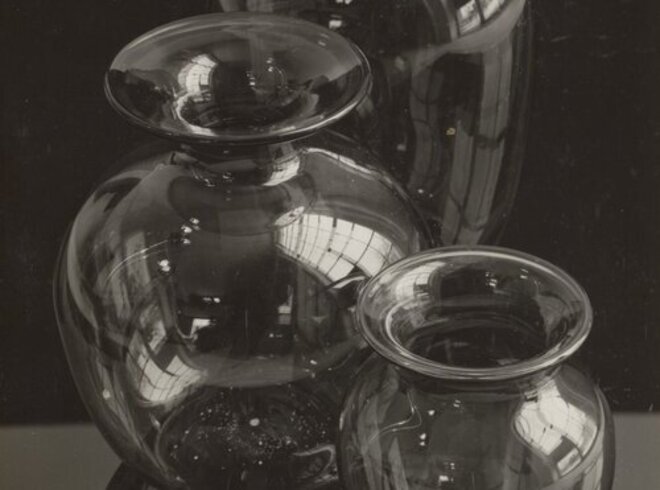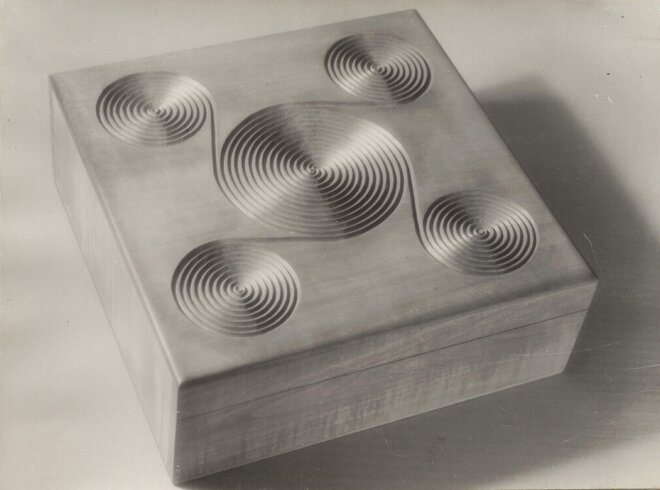Special exhibition
The decision-makers of the 'Third Reich' controlled, promoted, and instrumentalized all areas of the applied arts in an unprecedented way. In the service of National Socialist ideology, handmade everyday objects experienced an unprecedented revaluation, followed shortly after by the development of industrial mass production. At the same time, artistic freedom was considerably restricted through political influence and increasing material limitations. The usage of domestically sourced raw materials, simple designs as well as techniques and motifs of German folk art formed the basis of the profession in this new political system from 1933.
In this way, German National Socialism also aimed to make a radical break with the unpopular Weimar Republic, whose modernism was characterized by the Deutscher Werkbund, the Bauhaus and a design language focused mostly on functionality.
However, propagandist efforts were only partially successful. Exhibitions, publications, artist biographies, and not least, the purchasing behavior of the masses at the time demonstrate a complex mixture of adaptation, continuity, and resistance. A one-dimensional narrative of the era can therefore not be assumed.
FORMS OF ADAPTATION offers a critical view of the design and arts and crafts during the Nazi regime, including its key figures, phenomena, and conditions. It points to the complexity and ambivalence of this era and shows the reciprocal relationships between politics, arts, and society.

![[Translate to English:] Zweiflammiger Leuchter (Modell-Nr. 555) Karl Wilhelm Raichle Meersburg am Bodensee, 1936 Bild von einem silberfarbigen Doppelleuchter](/fileadmin/_processed_/8/8/csm_Doppelleuchter_17118f55d3.png)


